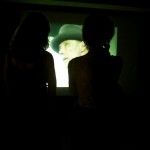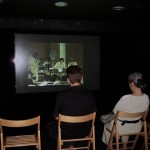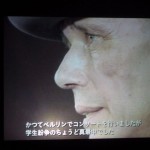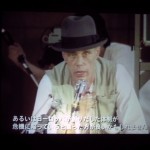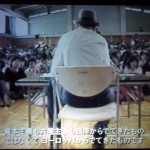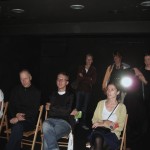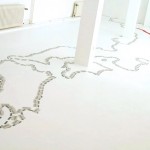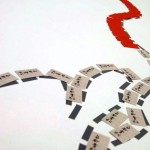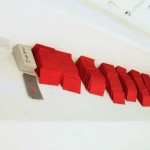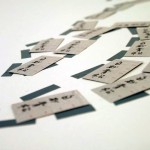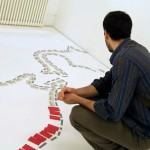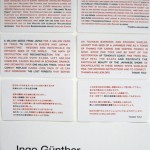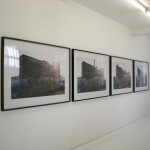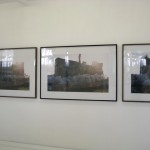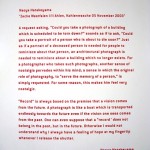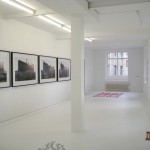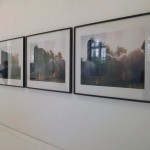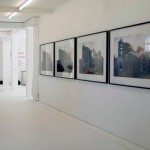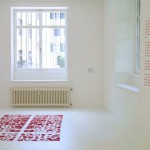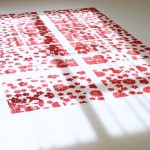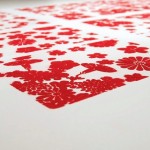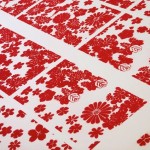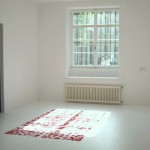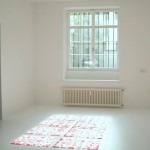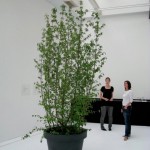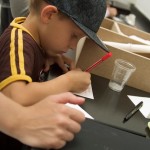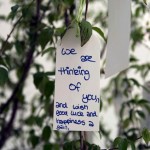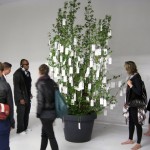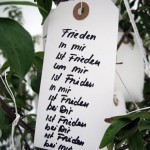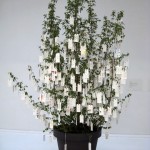Joseph Beuys: “Discussion Forum at Tokyo University of the Arts, Sat, 2 June 1984”
We will screen a documentary video of Beuys’s only visit to Japan which captured a dialogue he had at Tokyo University of the Arts. Beuys visited Japan in order to raise funds for his project “7000 Oak Trees,” and Japan became one of the biggest sponsors of the project. In exchange for the sponsorship by Seibu Group, he accepted its proposition for a solo exhibition, and proposed to have a dialogue meeting.
His search for sponsorship in Japan was met with harsh criticism from Japanese art students, to which he countered that the issue was a classic question of art activity, reiterating his belief of “social sculpture.”
The director of this video was Naoya Hatakeyama, and Ingo Günther used to teach at the university where this dialogue took place. In this exhibition, we will screen a 90-minute video of this discussion forum, with Beuys’ comments translated into Japanese and students’ reactions translated into German.
Ingo Günther: “Thanks a Million”
Experiencing the 3/11 earthquake in Tokyo, Günther proposed a project called “Thanks a Million” to aid in the recovery of Tohoku coastlines which have been devastated by the tsunami.
In the Edo period, pine trees were planted to protect crops from strong sea winds. Since then, the pine tree has become a symbol of the Japanese coast. Once touted as “White Sand Blue Pines” by Japanese poets, the pine forests in the Tohoku region were completely destroyed by the giant tsunami. However, in Rikuzentakata, one pine tree survived, which is now called the “Miracle Pine,” serving as a symbol of the area’s recovery.
In this project, Günther proposes to give out one million pine tree seeds to visitors and plant pine trees to regain a beautiful coastline of Tohoku, thus building a long-term relationship between the stricken area and the people all over the world.
Naoya Hatakeyama: “Zeche Westfalen I/II Ahlen”
Born in Rikuzentakata, which was entirely devastated by the tsunami, Hatakeyama will exhibit his photographic series, “Zeche Westfalen I/II Ahlen,” which captured the moments of blasting of coalmines in Germany.
When Hatakeyama was asked to photograph a building which was to be torn down, he felt as though he was asked to make a portrait of a person who would die soon. Just as the portrait of a deceased person is necessary for people to remember that person, an architectural photograph is needed for the sake of memory. Hatakeyama thus believes that “record” is always based on the premise of a vision that comes from the future.
After the tsunami, which took the life of one of his family members, the meaning of these photographs has changed entirely. The aftermaths of the catastrophe has brought back photography to its original role—to serve as a source of remembrance for all of us. All the more so, the meaning of these records will change again in the future to come.
Shinji Ohmaki: “Line” (Working Title)
Ohmaki is known for his work “Echoes,” in which brightly pigmented flowers on a carpet are distorted by the viewer’s interactions and are transformed into colorful yet blurred images. In Ohmaki’s new work “Line,” a long line of a fully stretched red rubber band divides the exhibition space into two.
Stretched under high tension to its limit, the rubber band seem as though it might break in a second. The fragile border that divides “here” and “the other side” reminds us of the existence of the absolute “others”—the earthquake victims who lost their lives. The work begs the question, what is happening to us right now? What exists “over there”? Ohmaki brings into question our ideas and choices of expression.
Yoko Ono: “Wish Tree”
Widely exhibited all over the world since the 1990s, “Wish Tree” is an interactive art work in which people can share their hopes and wishes for world peace by writing them on strips of paper and attach them to a tree. Ono’s inspiration comes from her childhood experience in Japan of writing messages and tying them to the tree at shrines and on the occasions of Start Festival.
“A dream you dream alone is only a dream. A dream you dream together is reality.” says Ono. This work provides a space for reflection in Basel and conveys the participants’ wishes which will communicate profound sympathy to the place where it is most needed—on the other side of the earth.
ART-AID Opening Reception
http://www.artaid.jp/en/report/content850.html

